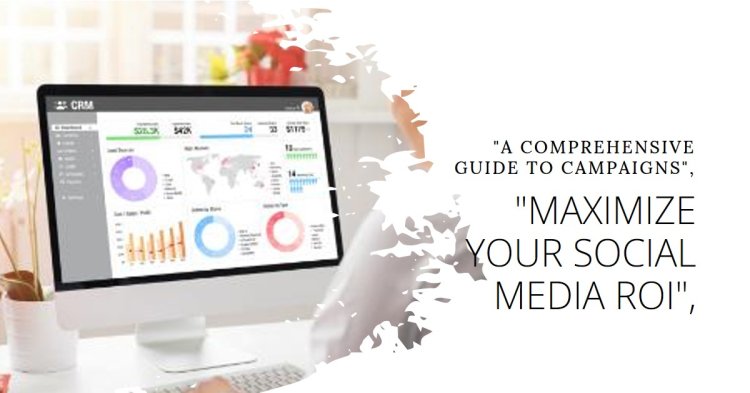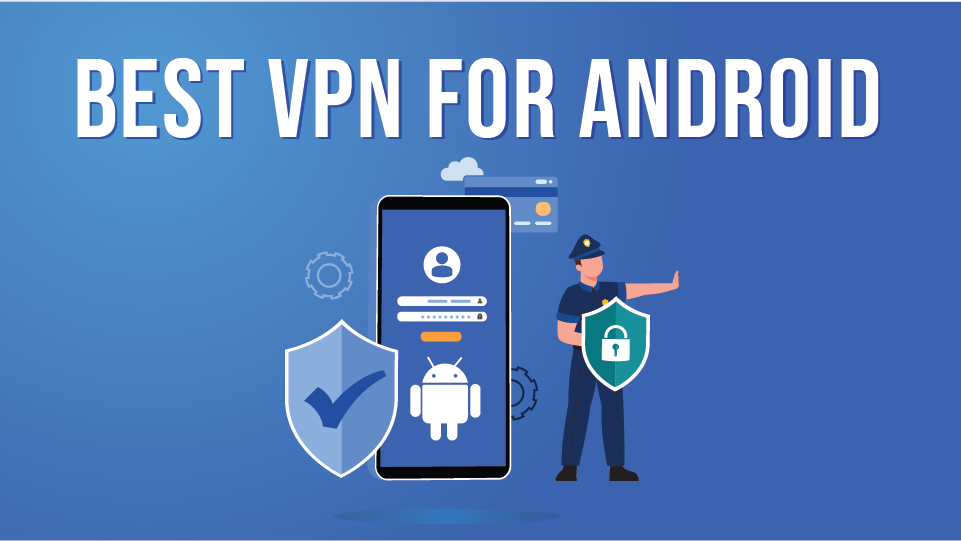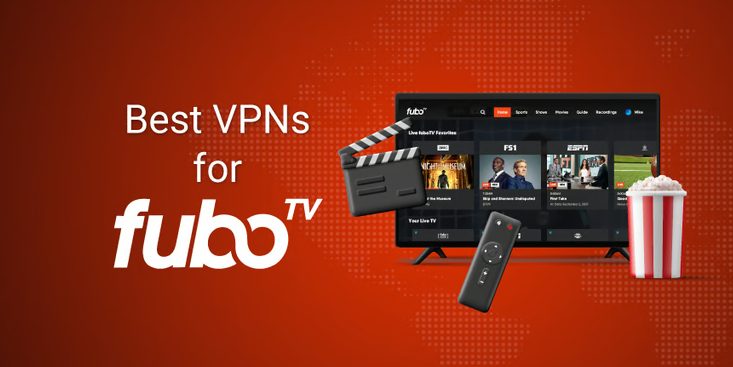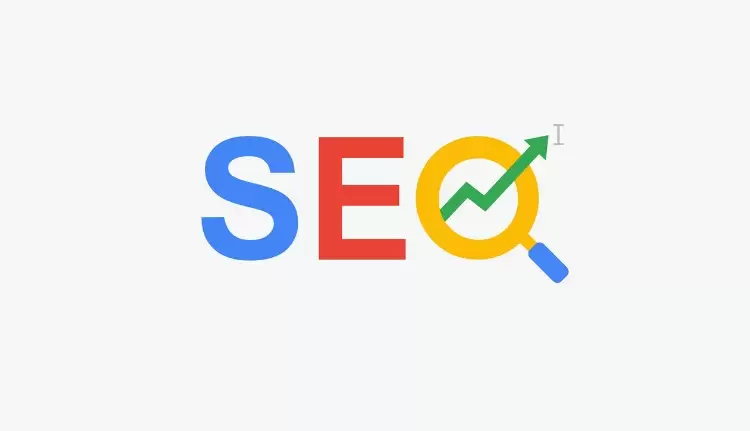Comprehensive Guide to Social Media Campaign Management for Maximum ROI
Learn how to master social media campaign management with proven strategies, real data, and actionable tips to enhance your brand’s visibility and ROI.

Introduction
In today’s digitally connected world, social media has become the backbone of successful marketing strategies. Businesses leverage platforms like Instagram, Facebook, LinkedIn, and TikTok to reach their target audience, engage with customers, and drive conversions. However, effective social media campaign management requires more than just posting updates. It demands strategy, consistency, and the right tools to achieve measurable results.
This comprehensive guide delves into the essentials of managing social media campaigns effectively. Whether you’re a seasoned marketer or a beginner, you’ll find actionable insights to enhance your campaigns and maximize ROI.
This media campaign management is the strategic process of planning, executing, analyzing, and optimizing marketing efforts on social media platforms. It encompasses tasks like content creation, audience targeting, performance tracking, and engagement.
Why is Social Media Campaign Management Important?
-
Increased Visibility: A well-managed campaign boosts your brand’s online presence.
-
Targeted Audience Reach: Use audience segmentation to deliver personalized content.
-
Enhanced Engagement: Build relationships through consistent interaction.
-
Measurable ROI: Track metrics like clicks, conversions, and impressions.
1. Setting Clear Goals
Every campaign should begin with clearly defined objectives. Are you aiming to increase brand awareness, generate leads, or boost sales? Your goals will guide your strategy and determine success metrics.
2. Identifying the Right Platforms
Not all platforms are created equal. For instance:
-
Facebook: Ideal for reaching diverse demographics.
-
Instagram: Best for visually-driven campaigns targeting younger audiences.
-
LinkedIn: Perfect for B2B marketing.
-
TikTok: Great for targeting Gen Z with creative, short-form content.
3. Audience Research and Segmentation
Use data analytics to understand your audience’s demographics, interests, and behaviors. Tools like Google Analytics, Meta Business Suite, and Sprout Social can provide valuable insights.
4. Content Creation and Scheduling
High-quality, engaging content is key to campaign success. Types of content include:
-
Posts: Images, carousels, and videos.
-
Stories: Temporary yet impactful updates.
-
Reels/Shorts: Short-form videos to boost engagement.
Leverage scheduling tools like Buffer or Hootsuite to ensure consistency.
5. Budget Allocation
Allocate your budget wisely between organic and paid campaigns. According to Hootsuite, businesses spend an average of $4,000 to $7,000 monthly on social media advertising. Focus on ROI-driven strategies.
6. Monitoring and Analytics
Track performance with tools like:
-
Google Analytics for website traffic.
-
Meta Ads Manager for ad performance.
-
Sprout Social for engagement metrics.
KPIs to measure include impressions, click-through rates (CTR), conversion rates, and cost per click (CPC).
1. Embrace Automation
Automation tools like Zapier and Canva streamline workflows, saving time and effort.
2. A/B Testing
Experiment with different ad copies, visuals, and CTAs to identify what resonates most with your audience.
3. Engage with Your Audience
Respond to comments, DMs, and mentions promptly to build trust and loyalty.
4. Leverage Influencer Marketing
Partner with influencers to expand your reach. A 2023 report by Statista highlights that 80% of marketers find influencer campaigns effective.
Real-World Case Study: Success with Social Media Campaigns
Nike’s “You Can’t Stop Us” Campaign
-
Objective: Promote inclusivity and resilience.
-
Platforms Used: Instagram, YouTube, and Facebook.
-
Results:
-
Over 50 million views on YouTube.
-
A 23% increase in brand engagement on Instagram.
-
Nike’s success lies in emotionally resonant storytelling and leveraging multi-platform strategies.
-
Hootsuite: All-in-one platform for scheduling and analytics.
-
Canva: Easy-to-use graphic design tool.
-
Meta Ads Manager: Comprehensive tool for running Facebook and Instagram ads.
-
Google Analytics: For tracking website traffic and conversions.
-
BuzzSumo: Helps identify trending content.
Common Mistakes to Avoid
-
Ignoring Analytics: Without tracking performance, you can’t optimize effectively.
-
Overposting: Focus on quality over quantity.
-
Generic Content: Tailor content to suit each platform’s unique audience.
-
Neglecting Engagement: Responding to followers’ queries builds brand loyalty.
1. How often should I post on social media?
The frequency depends on the platform. For instance, aim for 1-2 posts daily on Instagram and 1 post every weekday on LinkedIn.
2. What budget should I allocate to a social media campaign?
It varies based on campaign goals. Start small (e.g., $500/month) and scale as you see positive ROI.
3. Which platform is best for B2B campaigns?
LinkedIn is the top choice for B2B campaigns due to its professional audience.
4. How can I measure the success of my campaigns?
Use KPIs like engagement rate, CTR, and ROI to evaluate performance.
5. Is it better to focus on organic or paid campaigns?
A mix of both often works best. Organic builds trust, while paid ensures reach.
Effective social media campaign management is a cornerstone of modern marketing success. By setting clear goals, leveraging the right tools, and continuously optimizing strategies, businesses can harness the power of social media to drive growth and engagement.
Ready to elevate your social media campaigns? What strategies have worked best for you?
Also know SEO Optimization Agency: Boost Your Website’s Visibility and Traffic
What's Your Reaction?



















